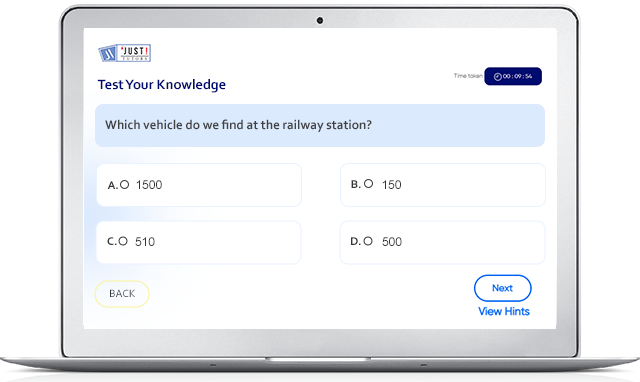


IGCSE /Grade 6
Maths MCQ Based On Comparing decimals and fractions
Our free online Maths test quiz for Grade 6, IGCSE will assist you to improve your Maths skills on every concept in a fun interactive way.



Happy students
 10K +
10K + Awesome classes
IGCSE Grade 6 Maths Comparing decimals and fractions
|
Convert fraction to decimal.
Fraction to decimal and then compare.
To compare the decimal 0.127768 and the fraction 51111/39456, we can analyze their fractional equivalents. The decimal 0.127768 can be expressed as the fraction 127768/1,000,000 while the fraction 51111/39456 = 1.295392.
It can be clearly seen that we have 0 in the one's column for 0.127768 and 1 in the one's column for 1.295392. As we know that 1 is greater than 0 therefore, 0.127768 is smaller than 1.295392. Consequently, the decimal 0.127768 is smaller than the fraction 51111/39456.
To compare the decimal 9.88349 and the fraction 89745/12345, we can compare them directly.
Given that the decimal has a whole number part of 9, we can represent it as 9 + 0.88349.
Now we have the decimal 9.88349 and the fraction 89745/12345.
To compare these numbers, we can convert the decimal to a fraction by multiplying the whole number part by the denominator of the fraction and adding it to the numerator. Therefore, 9.88349 can be represented as (9 * 12345 + 88349)/12345 = 222604/12345.
Now we can compare the two fractions: 222604/12345 and 89745/12345.
To simplify the comparison, we can find a common denominator for these fractions, which is 12345. Both fractions already have the same denominator.
Comparing these fractions, we can see that 222604/12345 is greater than 89745/12345. Therefore, we can conclude that 9.88349 is greater than 89745/12345, and the appropriate sign to use is >.
To compare the decimal 0.003455 and the fraction 678/122222, we can compare them directly.
Given that the decimal has a value less than 1, we can represent it as 0.003455.
Now we have the decimal 0.003455 and the fraction 678/122222.
To compare these numbers, we can convert the decimal to a fraction. The decimal 0.003455 can be written as 3455/1,000,000.
Now we can compare the two fractions: 3455/1,000,000 and 678/122222.
To simplify the comparison, we can find a common denominator for these fractions, which is 1,000,000. Both fractions already have the same denominator.
Comparing these fractions, we can see that 3455/1,000,000 is less than 678/122222. Therefore, we can conclude that 0.003455 is less than 678/122222, and the appropriate sign to use is <.
To compare the decimal 0.987654321 and the fraction 123456789/125000000, we need to carefully analyze their values.
First, let's examine the decimal. The decimal 0.987654321 can be represented as a fraction by placing the digits over a power of 10. In this case, it becomes 987654321/1,000,000,000.
Now we can compare the fraction 987654321/1,000,000,000 and the fraction 123456789/125000000.
To simplify the comparison, we can find a common denominator for these fractions, which is 1,000,000,000. Both fractions already have the same denominator.
Comparing these fractions directly is quite challenging due to the large numerator values. However, we can try to analyze the patterns and characteristics of the fractions.
Notice that the decimal 0.987654321 follows a decreasing pattern from left to right. This suggests that it is a relatively large value close to 1.
On the other hand, the fraction 123456789/125000000 has a numerator that is much smaller than the denominator. This indicates that the fraction is less than 1.
Based on these observations, we can infer that the decimal 0.987654321 is greater than the fraction 123456789/125000000.
Therefore, we can conclude that 0.987654321 > 123456789/125000000.
123456789/125000000 = 0.987654312
9000687/ 312245 = 28.82572
Both the numbers are same.
<,> is read as less than, greater than respectively.
Now we have the fraction 8/9 and the fraction 11987/6783. To compare these fractions, we need to find a common denominator. The least common multiple of 9 and 6783 is 61,047. By multiplying the numerator and denominator of 8/9 by 6783, we get 60,504/61,047.
Now we can compare the two fractions: 60,504/61,047 and 11987/6783.
To simplify the comparison, we can reduce both fractions to their simplest form. After simplification, we find that 60,504/61,047 cannot be further reduced, while 11987/6783 can be reduced to 3995/2261.
Comparing these fractions, we can see that 60,504/61,047 is greater than 3995/2261. Therefore, we can conclude that 0.888888... (repeating) is greater than 11987/6783, and the appropriate sign to use is >.
Given that the decimal has a finite number of digits, we can represent it as 75321/100000, as the decimal point is five places to the right of the last digit.
Now we have the fraction 75321/100000 and the fraction 38972/43451.
To compare these fractions, we need to find a common denominator. The least common multiple of 100000 and 43451 is 4,345,100,000. By multiplying the numerator and denominator of 75321/100000 by 43451, we get 3,270,621,071/43,451,000.
Now we can compare the two fractions: 3,270,621,071/43,451,000 and 38,972/43,451.
To simplify the comparison, we can reduce both fractions to their simplest form. After simplification, we find that 3,270,621,071/43,451,000 cannot be further reduced, while 38,972/43,451 is already in its simplest form.
Comparing these fractions, we can see that 3,270,621,071/43,451,000 is greater than 38,972/43,451. Therefore, we can conclude that 0.75321 is greater than 38972/43451, and the appropriate sign to use is >.

At JustTutors, we believe in the power of digital technology to help students get personalized learning and attention from India's best-in-class science, english and math tutors. We are focused on creating a top-class e-learning platform that brings together the best teachers, technology, media, content for creating a seamless and world-class experience for every student.


